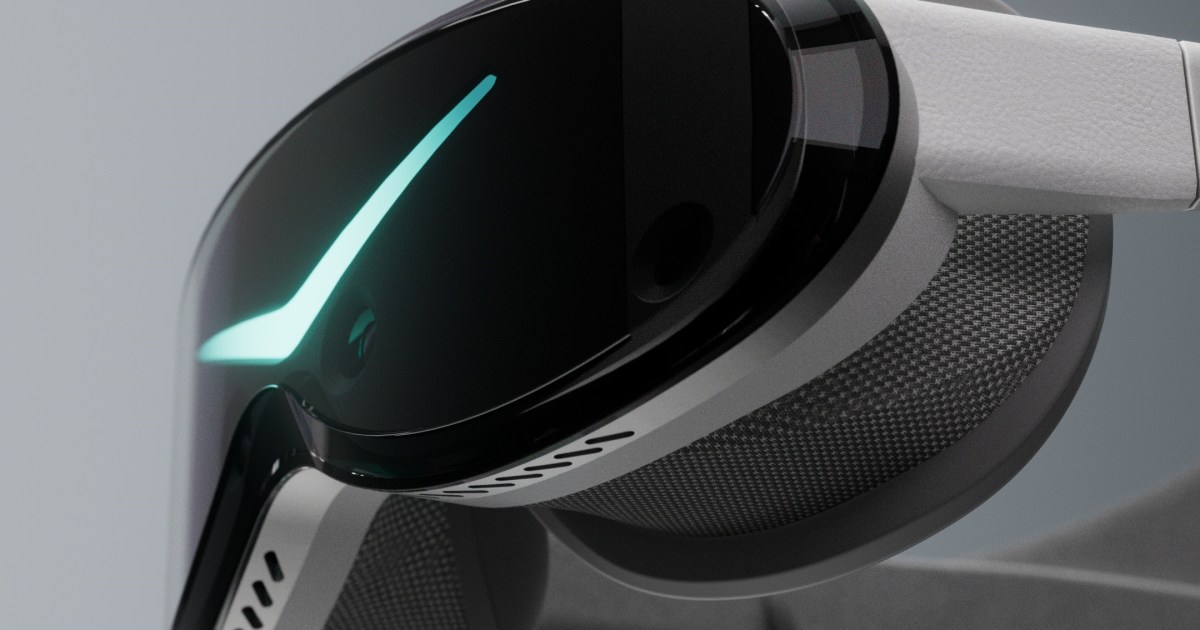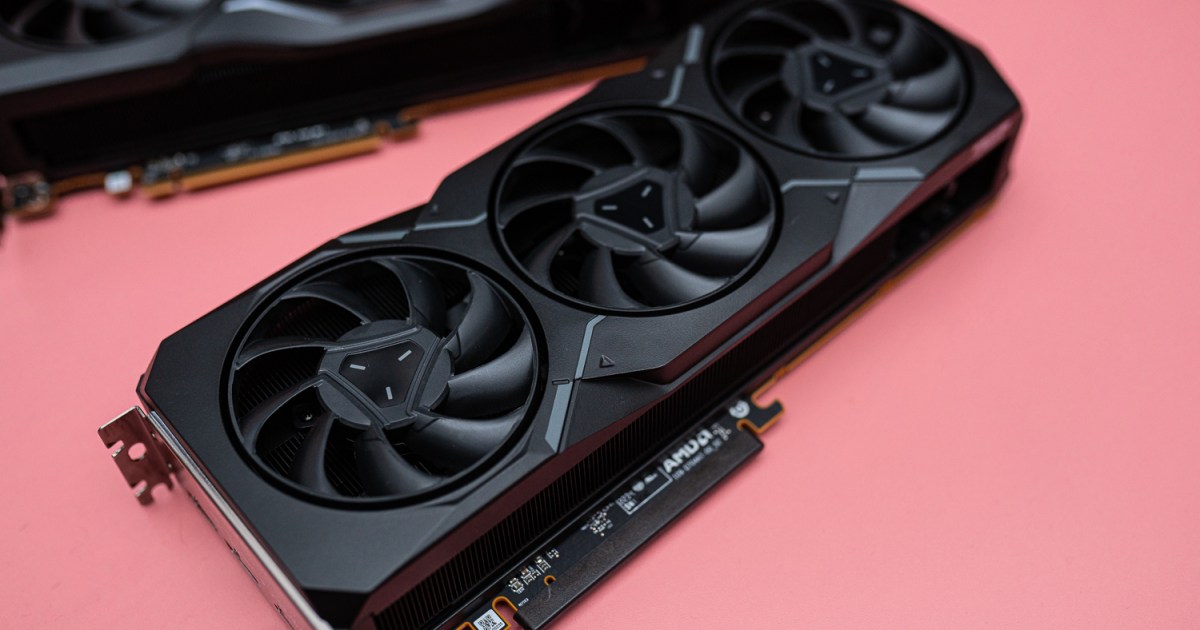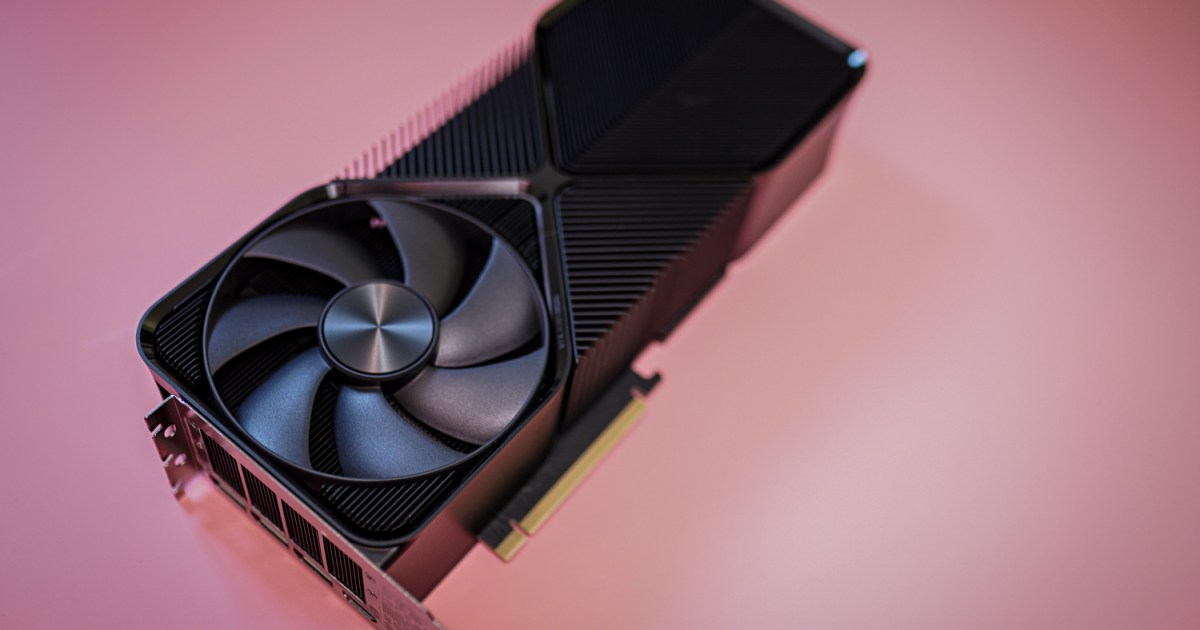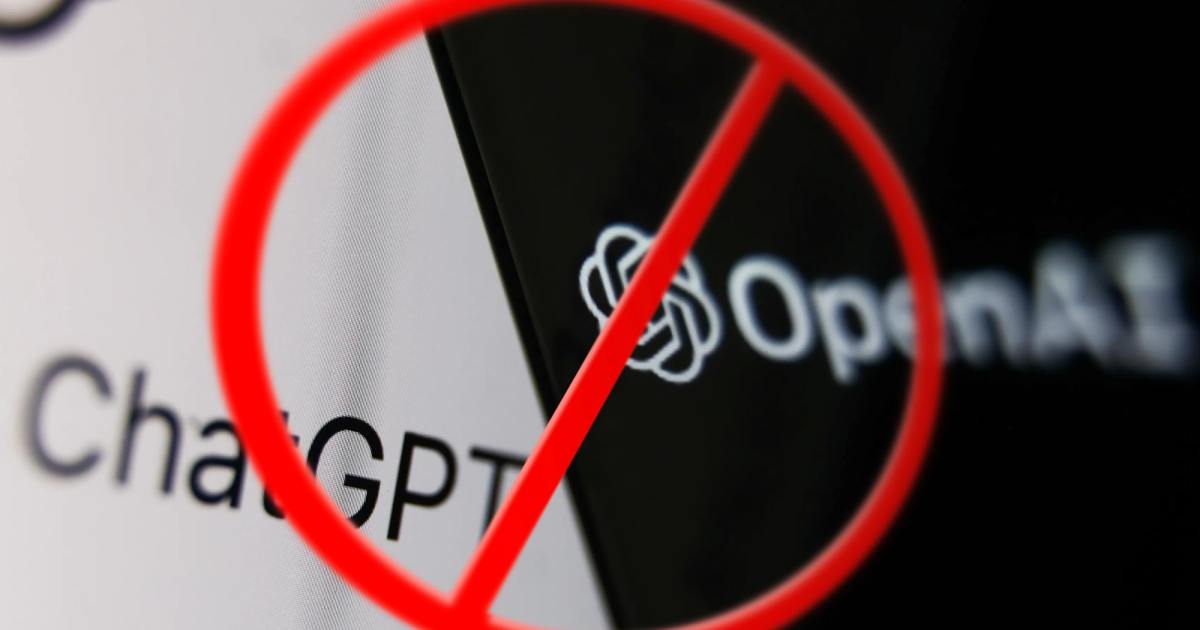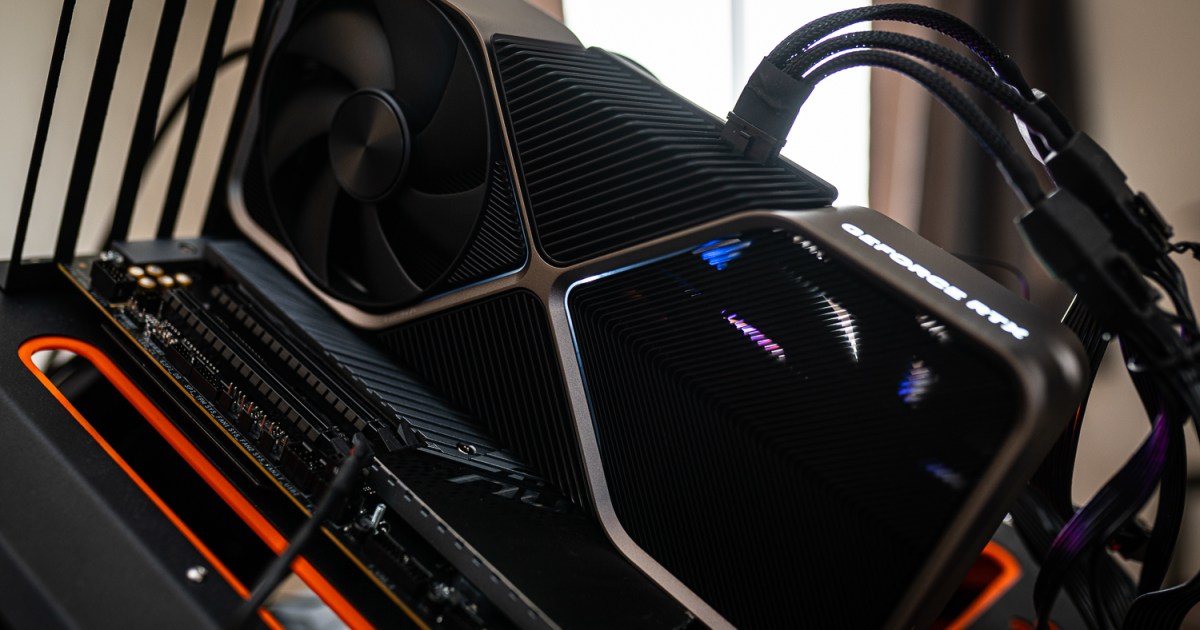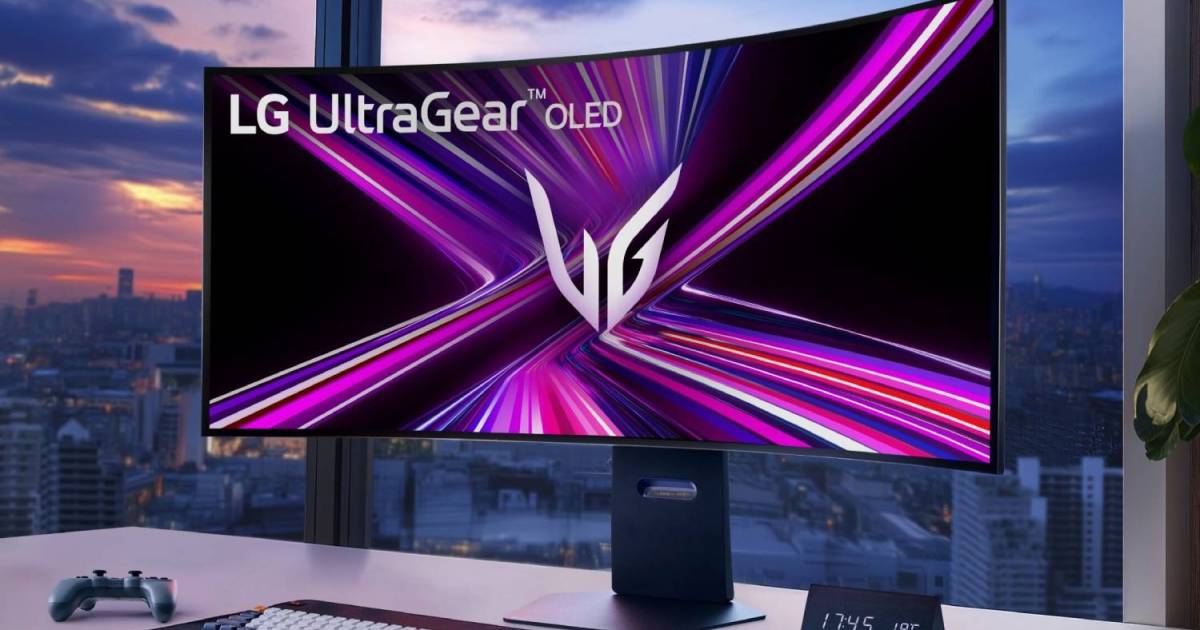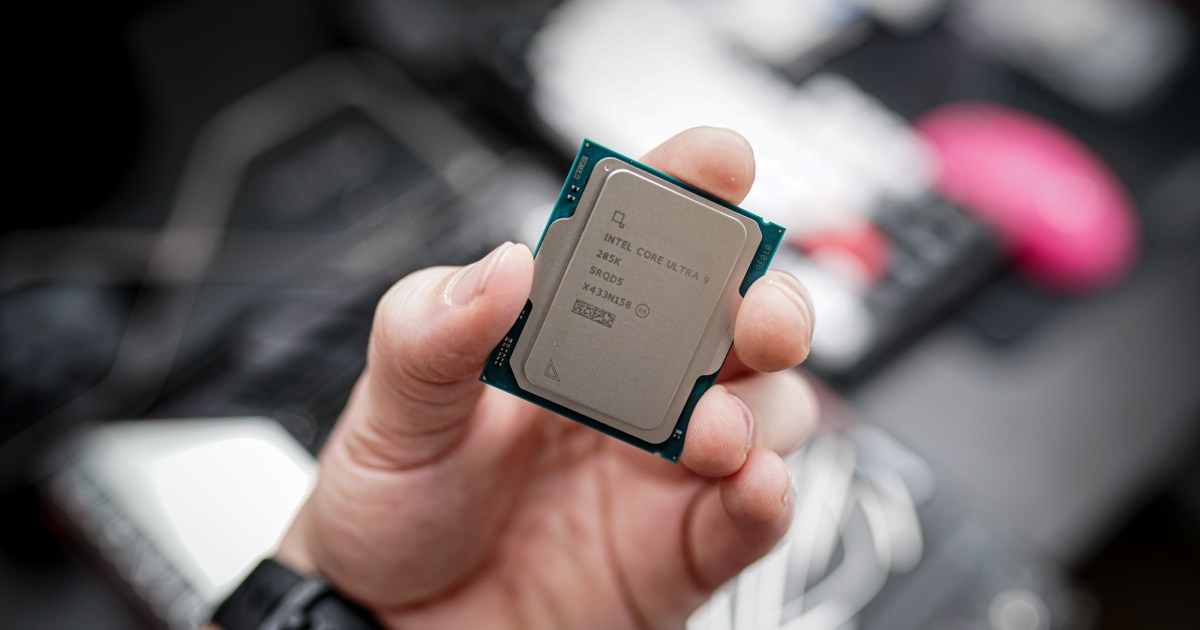The Pimax Dream Air, a new PC VR headset, is generating buzz with its impressive specifications and lightweight design. Boasting 4K per eye microOLED panels, pancake lenses, and a sub-200-gram weight, the Dream Air mirrors the display capabilities of Apple’s Vision Pro while weighing less than an iPhone 16 Pro. Its design, featuring a compact, curved headset with a single, split rear head strap, draws clear inspiration from Apple.
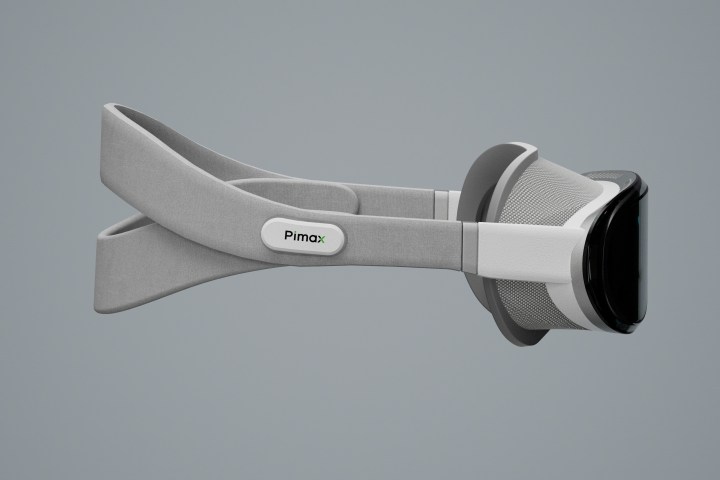 A sideview of the Pimax Dream Air shows the facial interface and head strap design.The Pimax Dream Air’s sleek design incorporates an automatically adjusting head strap.
A sideview of the Pimax Dream Air shows the facial interface and head strap design.The Pimax Dream Air’s sleek design incorporates an automatically adjusting head strap.
Key Features and Functionality
Pimax claims the Dream Air’s head strap automatically adjusts for a perfect fit, complemented by automatic lens spacing for optimal eye alignment. This feature, coupled with integrated eye-tracking, simplifies shared use, a common challenge with the Vision Pro, which requires a pre-purchase face scan for proper sizing.
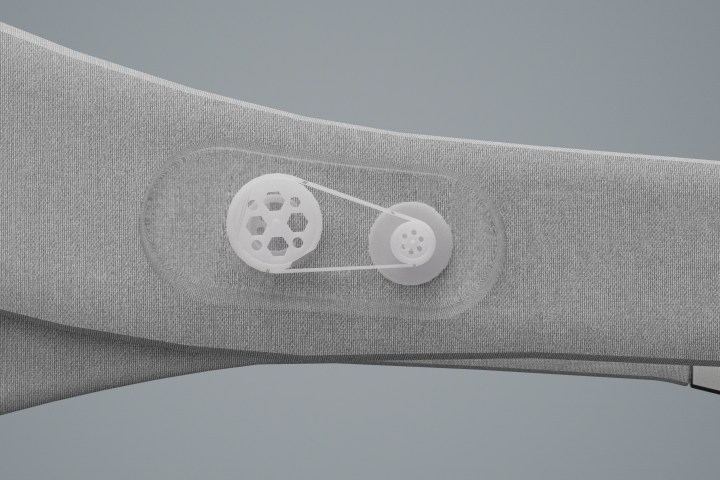 The Pimax Dream AirAutomatic lens spacing and eye-tracking enhance the user experience.
The Pimax Dream AirAutomatic lens spacing and eye-tracking enhance the user experience.
Known for its high-end, performance-driven PC VR headsets, Pimax often prioritizes power over portability. The Dream Air, however, signals a shift towards a more user-friendly approach. Like the Pimax Crystal and Crystal Light, the Dream Air performs best when connected to a VR-ready PC via the included 5-meter USB-C cable (supporting DisplayPort over USB).
Performance and Requirements
The Dream Air’s 3840 × 3552 pixel-per-eye resolution at 90Hz demands a powerful graphics card. Pimax has integrated foveated rendering and upscaling to mitigate performance requirements, though specific system recommendations are yet to be released.
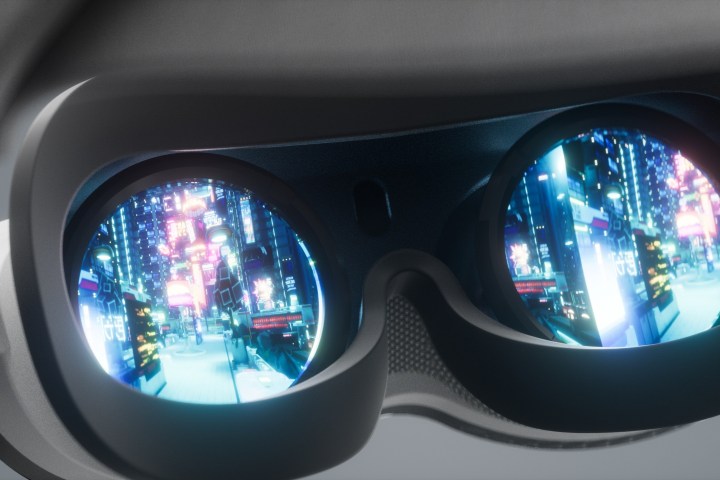 A render show a closeup of the Pimax Dream Air facial interface.The facial interface is designed for comfort and optimal visuals.
A render show a closeup of the Pimax Dream Air facial interface.The facial interface is designed for comfort and optimal visuals.
Featuring inside-out tracking, the Dream Air eliminates the need for base stations. New ringless controllers, resembling Meta’s Touch Plus controllers for the Quest 3 and 3S, are included. Hand-tracking is also supported, enabling controller-free use depending on the game.
Optional Mobile Functionality
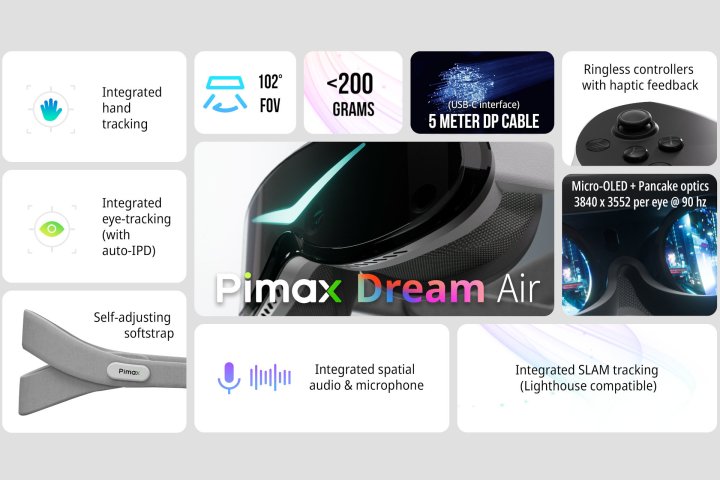 The Pimax Dream Air has impressive specifications.The Dream Air’s specifications position it as a strong contender in the VR market.
The Pimax Dream Air has impressive specifications.The Dream Air’s specifications position it as a strong contender in the VR market.
Pimax also announced an optional “Cobb” compute puck, powered by a Qualcomm Snapdragon XR2 (either the original or the newer XR2 Gen 2 found in the Quest 3 and 3S). This allows for some standalone functionality, such as video playback and potentially casual gaming or browsing, ideal for travel. Pricing and full Cobb specifications are forthcoming.
Availability and Pricing
The Pimax Dream Air is available for preorder at $1,199, with an additional $697 due upon shipping, totaling $1,895. Shipping is slated for May 2025, though Pimax’s history of shipping delays suggests a later release is possible. A 14-day trial period with a full refund option is offered.
The Pimax Dream Air presents a compelling combination of high-end specifications, a lightweight design, and the potential for mobile use. It has the potential to become a leading VR headset, offering a compelling alternative to the Apple Vision Pro.



